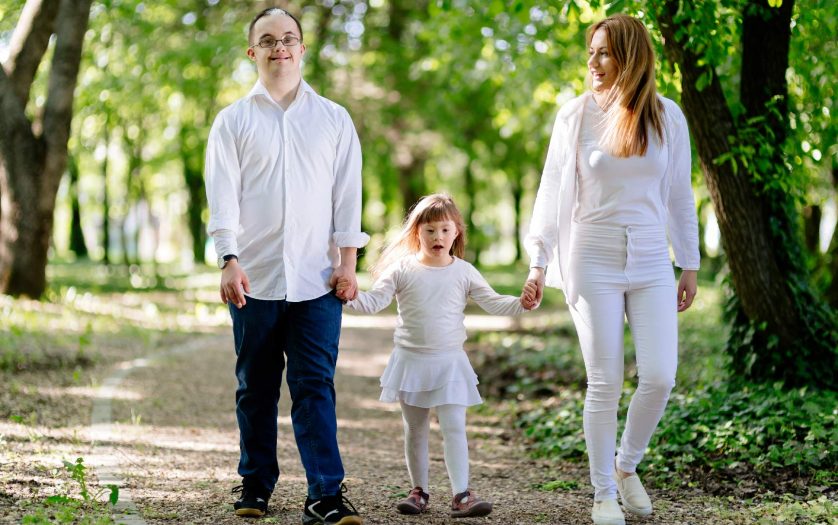Moving to a new home in 2021? Keep these considerations in mind if you have a child with disability

Planning to move to a new home in 2021? If so, you’ve likely started thinking about all of the major steps involved in the process. From researching neighborhoods to exploring available homes, there is much that goes into moving. If you have a child who is on the autism spectrum, there is an additional layer of considerations to make before, during, and after settling in.
Although there are added obstacles, you can effectively prepare your child for a smooth transition.
Start talking about the move as soon as possible
Change is a lot to process for children and teens with autism. This is true of any kind of change, no matter how big or small. Rather than avoid the subject for fear of a negative reaction, begin talking about your plans to move as soon as you can.
Also, tailor these conversations to the age and needs of your child. Some children may not immediately be able to grasp the full scope of what it means to change homes. If this is the case, consistently work to explain what will be happening. When you know where you’ll be moving, show your child pictures of the house — or plan a visit if possible. By slowly and routinely explaining the moving process to your child, he or she will have ample time to work through this major life change.
Find a home that provides all necessary safety features
Each child with autism has unique challenges and needs. Because of this, it is crucial to consider all of the potential safety risks that are involved with moving to a new property.
Before beginning your formal home search, write down a list of all safety must-haves. This can include finding a property that is set away from busy roads, one that already has a fence, and so on. Once you have your checklist of safety features, determine how many can be included with homes you can afford. When deciding how much home you can buy, consider your annual income, how much you’ll need for a down payment, monthly expenses, and average home prices in your desired neighborhood.
Set up an autism-friendly bedroom for your child
After closing on your home — and prior to moving in — set up an autism-friendly bedroom for your child. This will help him or her feel as comfortable as possible.
For example, if the bedroom comes with fluorescent lighting, you will want to consider switching it out with a different lighting source. Many children on the spectrum are vulnerable to the flicker in fluorescent lighting, and it can result in headaches, eye strain, and severe anxiety. Instead, opt for floor and desk lamps with dimmable LED or full-spectrum bulbs.
Be patient on moving day and when settling in
Even if you’ve done everything you can to prepare your child, moving day may come with a few setbacks. If possible, involve your child in the unpacking process, and ensure that their favorite toys are nearby. Also, take all safety precautions while bringing in boxes and various items. Be patient with how your child adjusts, and continue to have an open line of communication.
While not an exhaustive list, the considerations listed above are a great way to help your child thrive during and after your upcoming move. With your support and care, your child will feel far more comfortable and at-ease — both right away and for the long haul.






